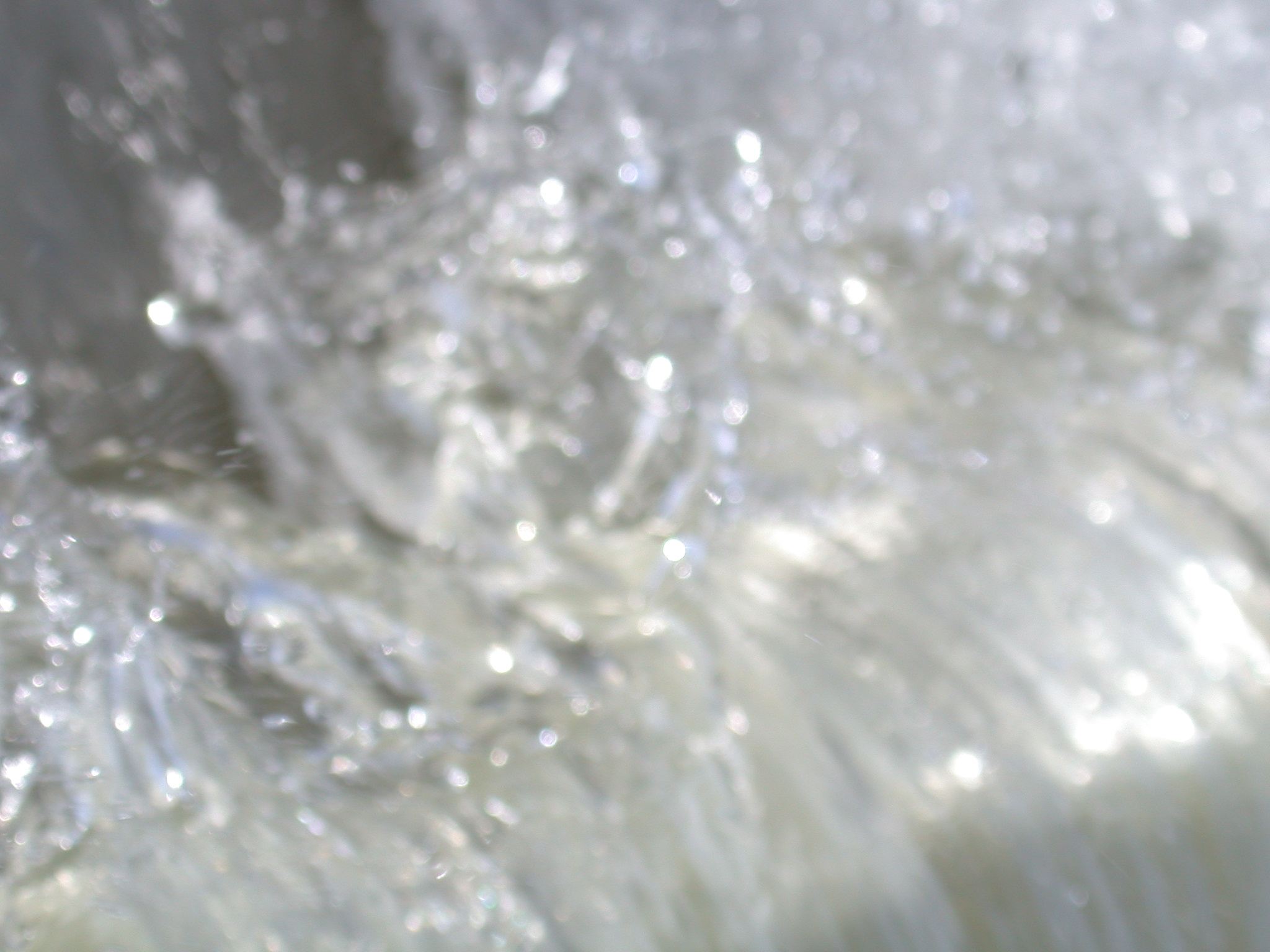Memory Stick Merchandise At Sony Singapore
페이지 정보
작성자 Elke 작성일25-08-30 01:24 조회4회 댓글0건관련링크
본문
 In addition to the original Memory Stick, this household consists of the Memory Stick Professional, a revision that enables better maximum storage capability and sooner file transfer speeds; Memory Stick Duo, a small-type-issue version of the Memory Stick (including the Pro Duo); the even smaller Memory Stick Micro (M2), and the Memory Stick Professional-HG, a excessive velocity variant of the Pro to be used in excessive-definition video and still cameras. With the increasing recognition of Secure Digital round 2010, Sony started to incorporate SD in their units, marking a surrender by Sony of its format warfare in the memory-card business and the tip to additional severe improvement of the format. Despite this, Sony continues to help Memory Stick on certain newer units by using adaptors. The unique Memory Stick, which was launched in October 1998, was out there in capacities as much as 128 MB. In October 1999, Sony licensed the know-how to Fujitsu, Aiwa, Sanyo, Sharp, Pioneer and Kenwood, in a bid to keep away from a repetition of the Betamax failure.
In addition to the original Memory Stick, this household consists of the Memory Stick Professional, a revision that enables better maximum storage capability and sooner file transfer speeds; Memory Stick Duo, a small-type-issue version of the Memory Stick (including the Pro Duo); the even smaller Memory Stick Micro (M2), and the Memory Stick Professional-HG, a excessive velocity variant of the Pro to be used in excessive-definition video and still cameras. With the increasing recognition of Secure Digital round 2010, Sony started to incorporate SD in their units, marking a surrender by Sony of its format warfare in the memory-card business and the tip to additional severe improvement of the format. Despite this, Sony continues to help Memory Stick on certain newer units by using adaptors. The unique Memory Stick, which was launched in October 1998, was out there in capacities as much as 128 MB. In October 1999, Sony licensed the know-how to Fujitsu, Aiwa, Sanyo, Sharp, Pioneer and Kenwood, in a bid to keep away from a repetition of the Betamax failure.
 Different corporations had been also licensees to the format. Some early examples of Memory Stick usage by third-celebration corporations include Sharp's MP3 gamers, Alpine's in-sprint players, and Epson's printers. Initially the format had a lukewarm reception, nevertheless it soon elevated in recognition, especially after the licensing deal. In spring 2001, Memory Stick attained 25% market share (in opposition to CompactFlash's 40% and SmartMedia's 32%), up from 7% a yr earlier. By May 2001, total shipment of Memory Stick units surpassed 10 million. Ultimately Sony itself turned the only company to assist the format. Sony was typically criticized for the Memory Stick, as they had been deemed to be costly in comparison with different codecs. Sony had begun to mix support for SD/SDHC and Memory Wave Audio Stick codecs in their merchandise. All digital cameras and camcorders announced by Sony on the 2010 Client Electronics Show could use SD and SDHC playing cards as well as Memory Sticks. Moreover, Sony introduced the release of its own line of SD cards.
Different corporations had been also licensees to the format. Some early examples of Memory Stick usage by third-celebration corporations include Sharp's MP3 gamers, Alpine's in-sprint players, and Epson's printers. Initially the format had a lukewarm reception, nevertheless it soon elevated in recognition, especially after the licensing deal. In spring 2001, Memory Stick attained 25% market share (in opposition to CompactFlash's 40% and SmartMedia's 32%), up from 7% a yr earlier. By May 2001, total shipment of Memory Stick units surpassed 10 million. Ultimately Sony itself turned the only company to assist the format. Sony was typically criticized for the Memory Stick, as they had been deemed to be costly in comparison with different codecs. Sony had begun to mix support for SD/SDHC and Memory Wave Audio Stick codecs in their merchandise. All digital cameras and camcorders announced by Sony on the 2010 Client Electronics Show could use SD and SDHC playing cards as well as Memory Sticks. Moreover, Sony introduced the release of its own line of SD cards.

Many claimed this growth as the end of the format battle between Memory Stick and SD card. However, Sony did not abandon the format at the moment, and indicated that it could proceed development of the format for the foreseeable future. Sony's first vital migration away from Memory Stick didn't come till 2019, when it launched the α7R IV full-frame mirrorless interchangeable-lens camera without Memory Wave Stick support, opting instead for dual SDXC slots. Typically, Memory Sticks are used as storage media for a portable gadget, in a form that can simply be eliminated for entry by a personal pc. For example, Sony digital compact cameras use Memory Stick for storing picture files. With a Memory Stick-capable memory card reader a user can copy the images taken with the Sony digital camera to a pc. Sony usually included Memory Stick reader hardware in its first-occasion consumer electronics, comparable to digital cameras, digital music players, PDAs, cellular telephones, Memory Wave Audio the VAIO line of laptop computer computer systems, Tv units underneath the WEGA and Bravia names, and Sony's handheld gaming machine, the PlayStation Portable.
Sony's AIBO robot pet, to enable using Aiboware-software program meant for use on AIBOs. The Sticks embody a replica protection mechanism used by the robot, allowing customers to write packages. These are referred to as programmable or programming. Solely eight MB and sixteen MB variations are available. Memory Stick that allowed them to be utilized in later Sony Mavica models. This adapter, which took CR2016 cells for energy, served a twin goal of expanding storage capacity of the Mavica and giving those that did not have an existing Memory Stick drive a means of laptop interfacing. With the Mavica FD92 and FD97 dedicated Memory Stick slots have been added. Memory Sticks include a variety of precise codecs, including three totally different form elements. Introduced in July 1998. The unique Memory Wave Stick is roughly the size and thickness of a stick of chewing gum. It was available each with and without MagicGate assist. The MagicGate-succesful memory sticks were white-coloured, whereas the usual model was purple.
댓글목록
등록된 댓글이 없습니다.
